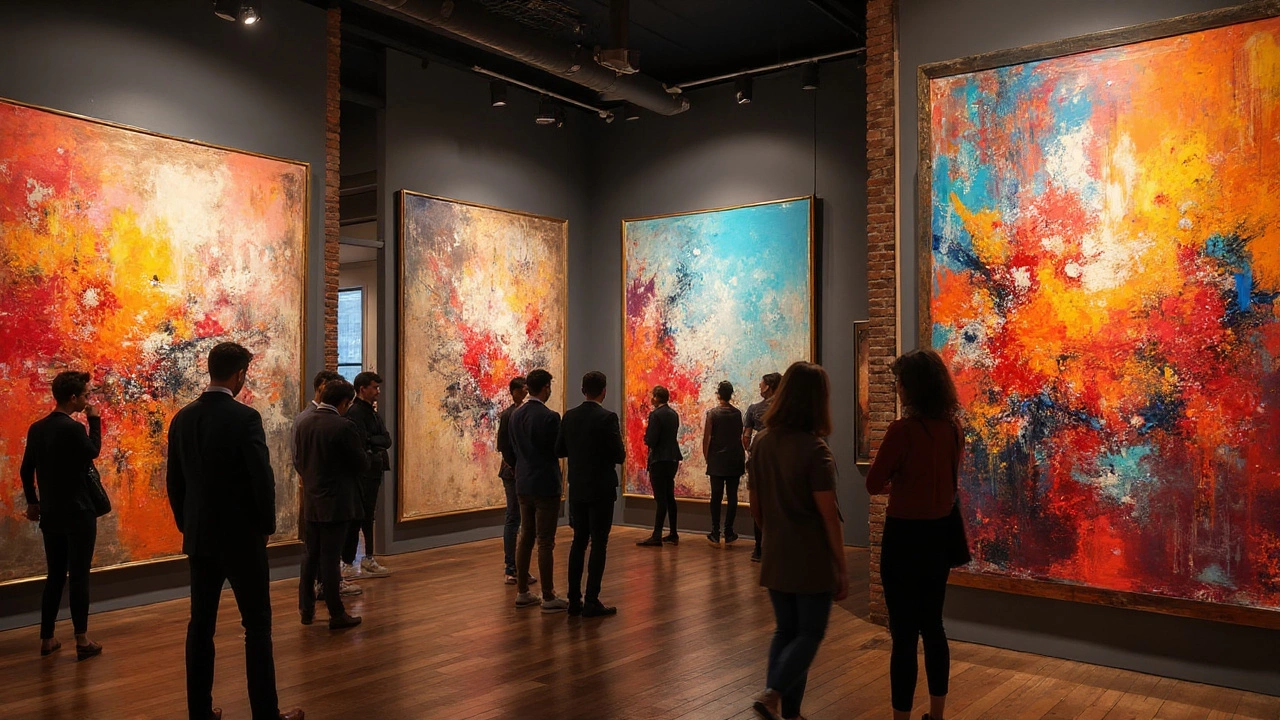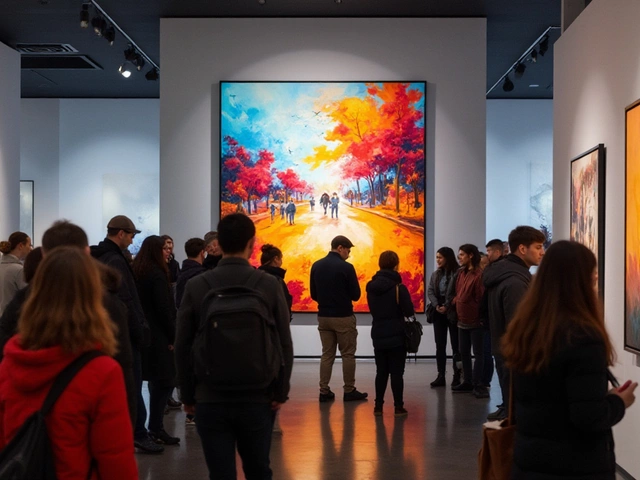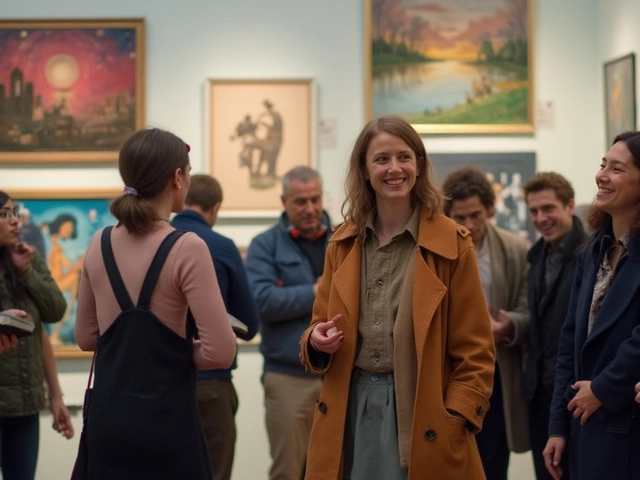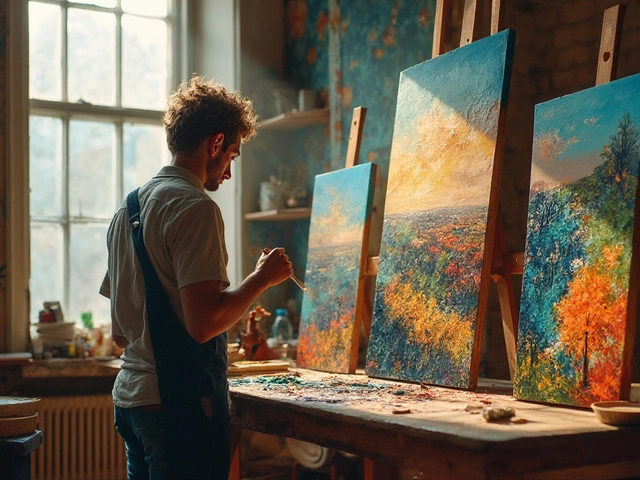Art Theory: Foundations, Trends, and Practice
When diving into art theory, the study of ideas, methods, and meanings behind visual creation. Also known as theory of art, it helps artists and viewers make sense of style, context, and intent. Closely tied to modern art principles, key concepts like abstraction, minimalism, and pop art that shape 20th‑century visual language, art theory provides the vocabulary to discuss why a work looks the way it does. Likewise, contemporary art, the current wave of artistic practice that blends technology, activism, and cross‑disciplinary methods, relies on theory to frame its relevance and critique. In short, art theory encompasses modern art principles, requires understanding of contemporary art trends, and is shaped by emerging media such as digital art.
One practical way to see theory in action is through digital art. Artists who create NFTs, motion graphics, or algorithmic pieces often reference theoretical ideas about authorship, reproducibility, and audience interaction. For example, the concept of the "aura"—originally coined by Walter Benjamin—gets re‑examined when a digital file can be copied infinitely. Landscape painting, another classic genre, offers a laboratory for theory: the way a painter composes light, depth, and atmosphere reflects theories of perception and the sublime. Similarly, sculpture brings in ideas about space, materiality, and the body, prompting discussions on how three‑dimensional forms engage viewers differently than flat surfaces. By connecting these mediums—digital, landscape, sculpture—to core theoretical frameworks, creators can articulate their intent and audiences can decode meaning more effectively.
Why Understanding Art Theory Matters Today
Grasping art theory isn’t just academic; it influences everyday decisions in the art world. Curators use theory to build cohesive exhibitions, matching works that speak to a shared narrative or critique. Collectors rely on theoretical context to assess an artwork’s long‑term relevance, which can affect market value. Even hobbyists benefit: knowing a piece’s theoretical background can deepen personal appreciation and spark conversation at gallery visits. The posts in this collection illustrate these points: from a step‑by‑step guide on modern art principles, to analysis of contemporary trends shaped by social media, to practical tips for monetizing digital creations. Each article shows how theory fuels practice, whether you’re sketching an oil landscape, sculpting a new form, or launching an NFT series.
Below, you’ll find a range of articles that explore these ideas in depth. Whether you’re a student looking for a solid definition, an emerging artist wanting to apply theory to digital work, or a seasoned collector seeking fresh perspectives, the curated list offers clear, actionable insights. Dive in and discover how art theory connects the dots across mediums, styles, and the ever‑evolving art scene.

Is abstract art all chaos, or do hidden rules shape masterpieces? Uncover the surprising guidelines, history, and tips behind abstract art’s creative freedom.





